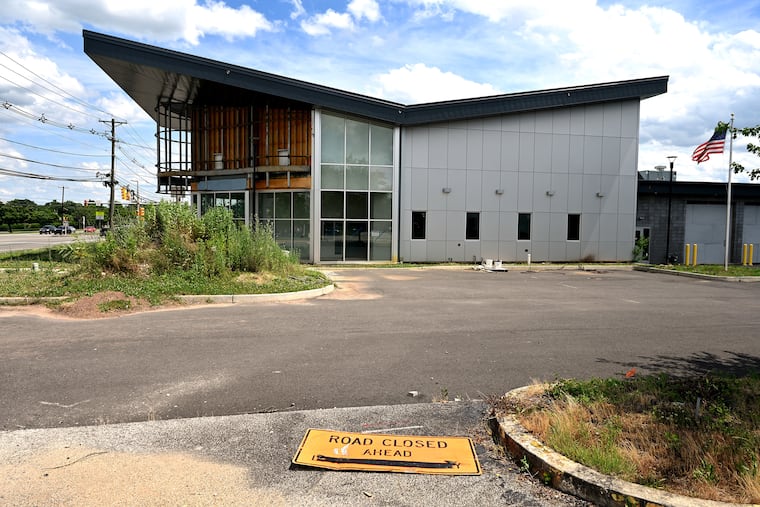Billboard king faces auction of nine New Jersey properties after defaulting on payments
As 9 defaulted Catalyst sites in N.J. are prepped for auction, founder Thaddeus Bartkowski is in talks to build electronic billboards on the Schuylkill Expressway and at the Pa. Convention Center.
